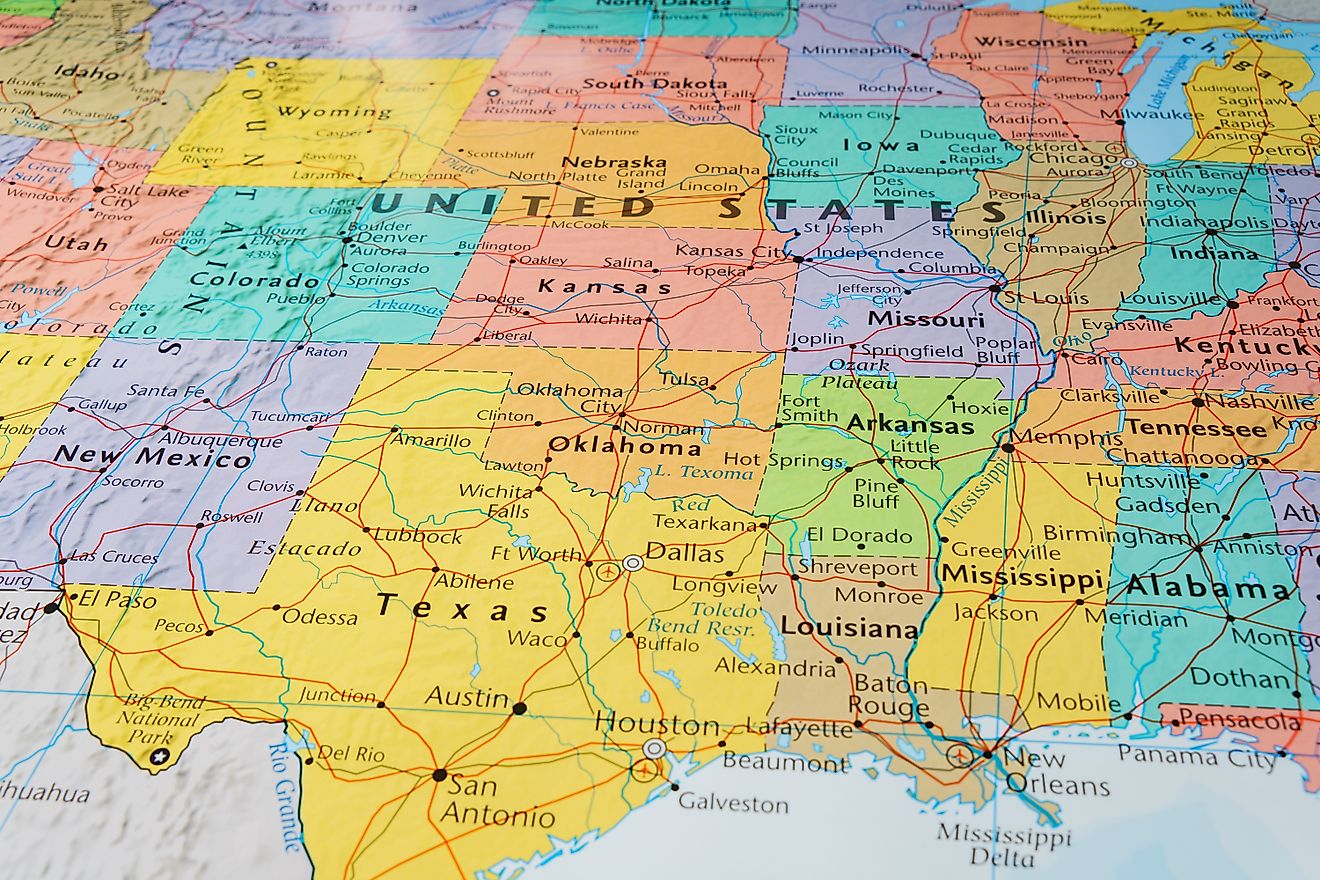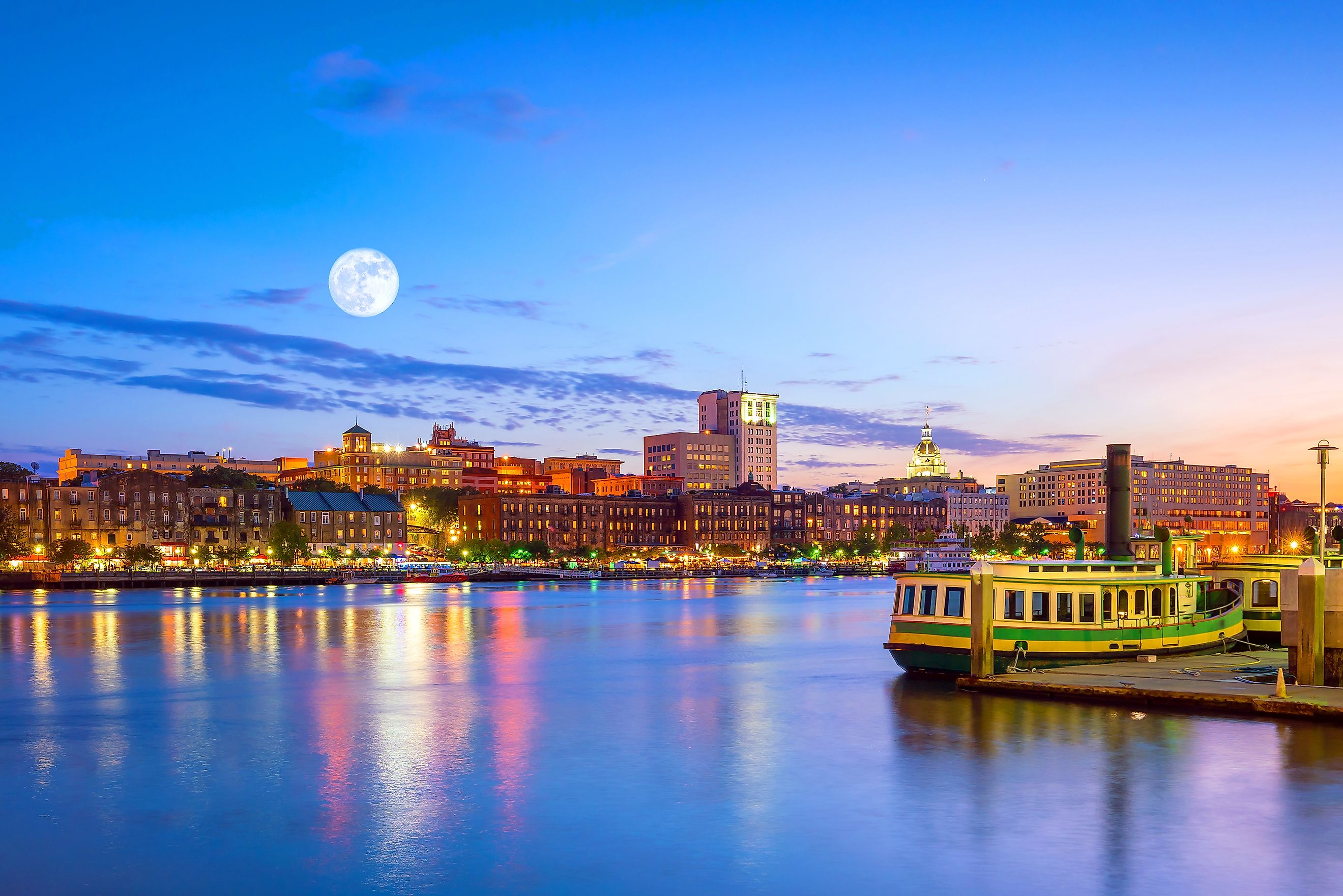
The Largest Historic Districts in America
Stepping into a historic district is like being transported back in time. From well-preserved colonial plazas to entire neighborhoods bursting with architectural charm, America's largest historic areas encompass treasures that showcase eras gone by. With landmarks that have withstood the test of centuries and streetscapes frozen in a snapshot of our past, exploring these living museums allows us a glimpse into our nation's roots.
The United States boasts almost two and a half centuries of history and hosts some of the biggest and most vibrant historic districts, where a walk through another century comes with every step. Whether experiencing Americana in quaint town centers or strolling through cobblestone Main Streets now faded, discovering the largest historic districts in America immerses visitors in the legacy of places that helped shape this great country.
Savannah Historic District, Georgia
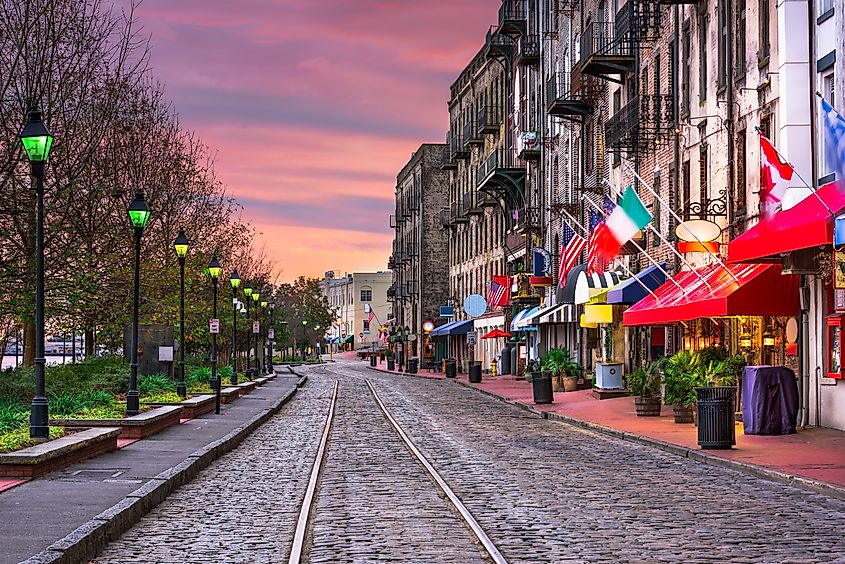
Savannah, Georgia, USA bars and restaurants on River Street.
Savannah holds the honor of being America's oldest planned city. This makes it one of the most impressively preserved historical locations in the country, oozing rustic charm throughout its layout. Savannah traces its rich beginnings to 1733 when General James Oglethorpe landed on the site. It was a strategic port center during the American Civil War and remained in the hands of the British between 1778 and 1782. The neighborhood cluster of buildings in Georgia stands out for its mix of Gothic Revival, Greek Revival, Colonial style, and other old-world architectural designs. Almost 2,500 structures with historical and architectural significance occupy the district, which spreads over 20 blocks.
Walking around the area exposes visitors to a treasure trove of landmarks and sites, such as the Georgia State Railroad Museum and Telfair Museum, the South's older public art museum. Savannah had 24 original squares, but only 22 remain standing. You will encounter war forts, monuments, and old mansions dating back centuries. The 30-acre Forsyth Park has been a notable recreation hub in the region since the 1840s.
Tremont Historic District, Cleveland
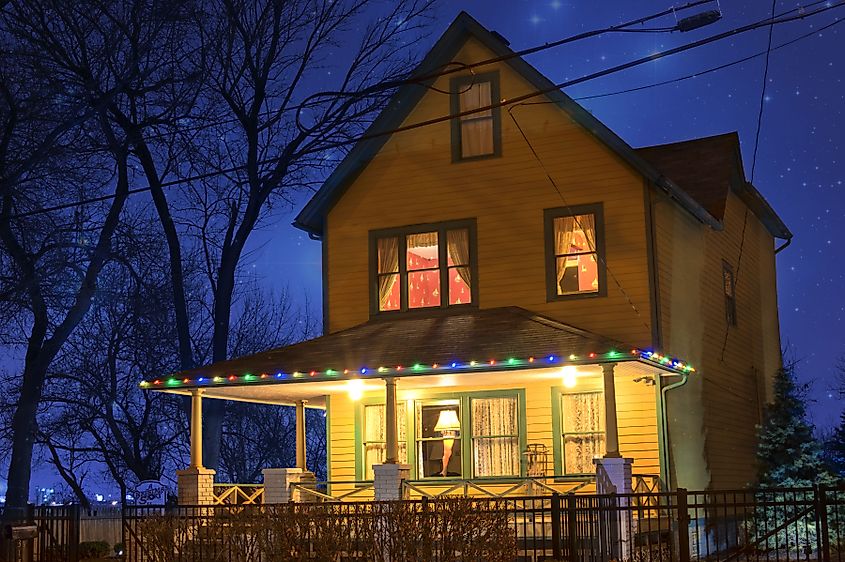
Cleveland ranks among America's most historically significant cities, playing a critical role in the Underground Railroad. It houses a fair share of neighborhoods, but Trenton stands out as the oldest, with a history stretching back to the 1800s. Listed on the National Register of Historic Places, it experienced an influx of Eastern European immigrants in the late 19th century after the completion of a bridge linking Trenton to downtown Cleveland. Today, its distinctly elevated geography and zigzag streets help maintain its longstanding charm, which draws travelers from across the nation.
While some people come to hike and bike the Towpath Trail, the main attraction lies in the history. Tremont houses endless sites and landmarks across a 0.2-mile area, with old churches ranging from the Greek Orthodox Church of the Annunciation and St Theodosius Russian Orthodox Cathedral to the Zion United Church of Christ. The area is home to several art galleries and boutiques, including the Kaiser Gallery. After hours of exploring Tremont, you can stop by Prosperity Social Club for a bite and drink in a retro establishment.
Indian Village, Detroit
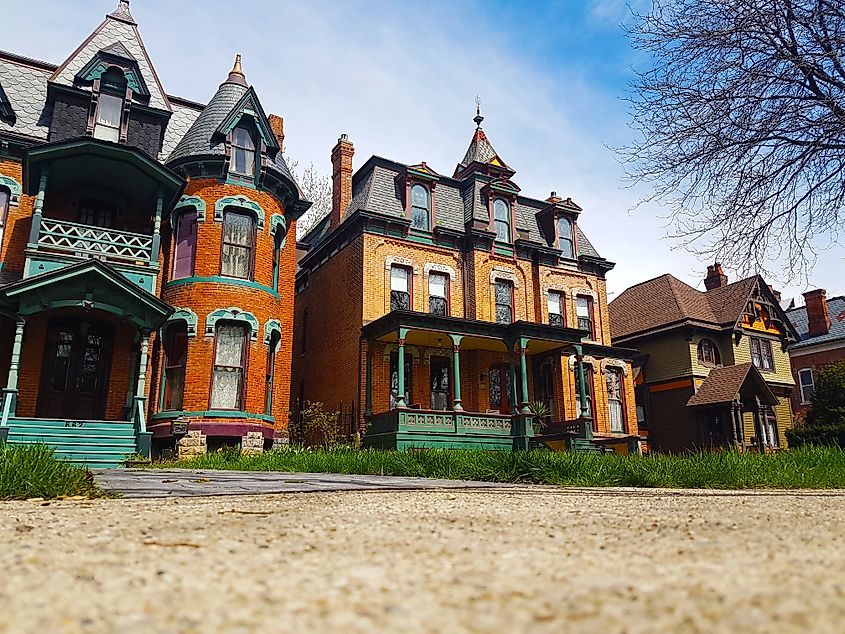
Old houses in Detroit.
One of the largest historic districts in America, Indian Village is a charming east Detroit neighborhood initially developed by Jacque St. Aubin and Francois Rivard. By the late 1800s, the establishment of the Cook Farm Company made it a first-class residential area. Today, Indian Village sprawls 0.38 miles of historical sites and markers. These include its architecturally conspicuous homes from the past eras, designed by iconic architects like Albert Kahn and Louis Kamper. There are over 300 preserved antique structures and mansions in Indian Village, depicting architectural styles from the late 19th and 20th centuries.
Ranging over the area reveals about 17 architectural designs on the building, built between 1895 and the 1920s. These include Colonial Revival, Federal, Georgian, Romanesque, Tudor Revival, and Arts and Crafts, among others. Most of the mansions portray an impressive level of luxury with features like carved wood molding, vaulted ceilings, pewabic tiles, onyx fireplaces, servants' quarters, and elevators.
Old Louisville
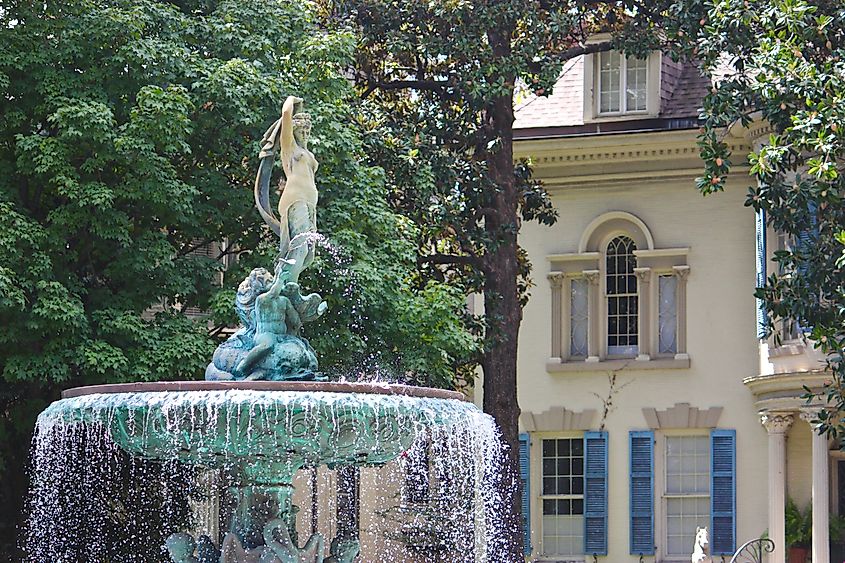
Old Louisville Fountain City Home.
This Bluegrass State gem in Louisville impresses visitors with its rich history. It stands out for being one of the country's largest historic districts with almost entirely Victorian-era architecture. Much of the structures in the region spit conspicuously stained-glass windows in a large concentration. Old Louisville was initially developed as a suburb of Louisville, referred to as the Southern Extension. However, it exchanged hands between several speculators, with much serving as farmland. Today, it straddles about 48 blocks in the city and hosts over 1,000 historic buildings in various Victorian-era architectural styles, including Queen Anne, Italianate, and Romanesque Revival.
These structures were constructed between the mid-1800s and the early 1900s for the middle-class residents, who included tobacco, bourbon, and racetrack barons. Tourists will enjoy walking down St. James Court, home to a broad, grassy lawn and a lovely fountain. Meanwhile, some of the stand-out properties in the historic district include the Pink Palace from 1891, Conrad-Caldwell House from 1893, and Belgravia Court.
Heritage Hill, Grand Rapids
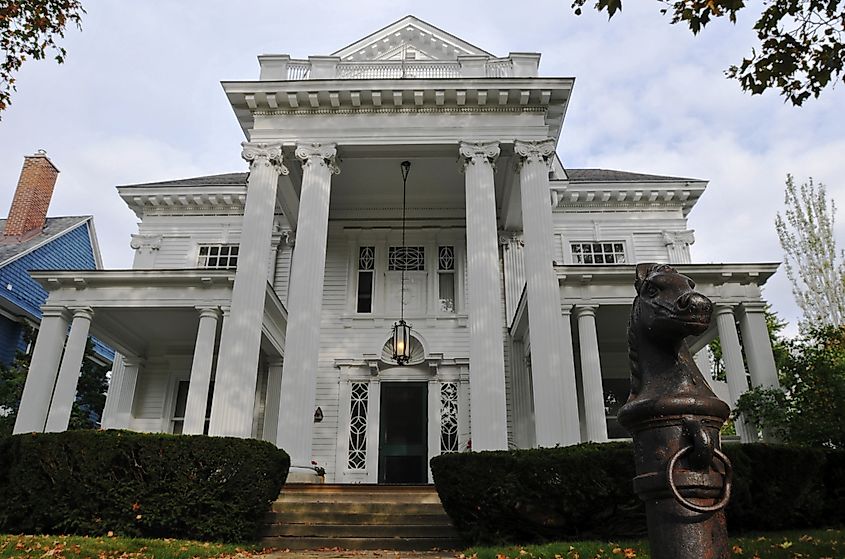
Situated next to downtown Grand Rapids, Heritage Hill is the oldest residential district in the city. It is home to 1,300 old-world structures built as early as 1843 and houses the state's largest cluster of 19th and 20th-century homes. However, Heritage Hill is lucky to still exist. In the 1960s, a proposed urban renewal plan almost demolished this residential neighborhood. Fortunately, it was defeated and the area was soon listed on the National Register of Historic Places. Thanks to this, visitors can uncover Michigan's captivating past by touring the different residences in this one-square-mile district.
These were constructed for prominent individuals in society, such as affluent businessmen, lumber titans, and other personalities who were leaders in the bustling aviation, automotive, and furniture industries. The homes' beauty and intricate designs point to the era's prosperity and cover an array of architectural styles. You will come across treasures like the Lamoreaux House in Queen Anne Style (1892), Isabelle Fuller House in Italianate (1855), and Stick Style Stockwell House (1882). Finally, you will also love exploring "The Castle," built in 1888 in a chateau style.
Final Thought
Whether strolling the old thoroughfares of Old Louisville or ambling down the 19th-century lanes of Savannah, the largest historic districts in America transport visitors to another era. Their preservation ensures that generations continue experiencing living monuments that showcase the people and architectural styles from when these destinations first flourished. By wandering coastlines, rivers, and downtown avenues frozen in time, history remains within reach, and one gains perspective on the foundations that built this nation.

